Grow Bigger Better Celery With These Companion Plants
Grow Bigger Better Celery With These Companion Plants
Celery is a delicious and versatile vegetable that can be enjoyed in many different dishes. However, growing celery can be challenging, as it is susceptible to a number of pests and diseases. Companion planting is a great way to help protect your celery plants and improve their overall health.
Companion planting is the practice of planting certain plants together to benefit each other. Some plants, when planted together, can help to repel pests, attract beneficial insects, or improve the soil quality.
There are a number of companion plants that can benefit celery plants. Some of the best include:
- Alliums: Alliums, such as onions, garlic, and chives, have a strong scent that can help to repel pests such as aphids, spider mites, and whiteflies. They can also improve the flavor of celery.
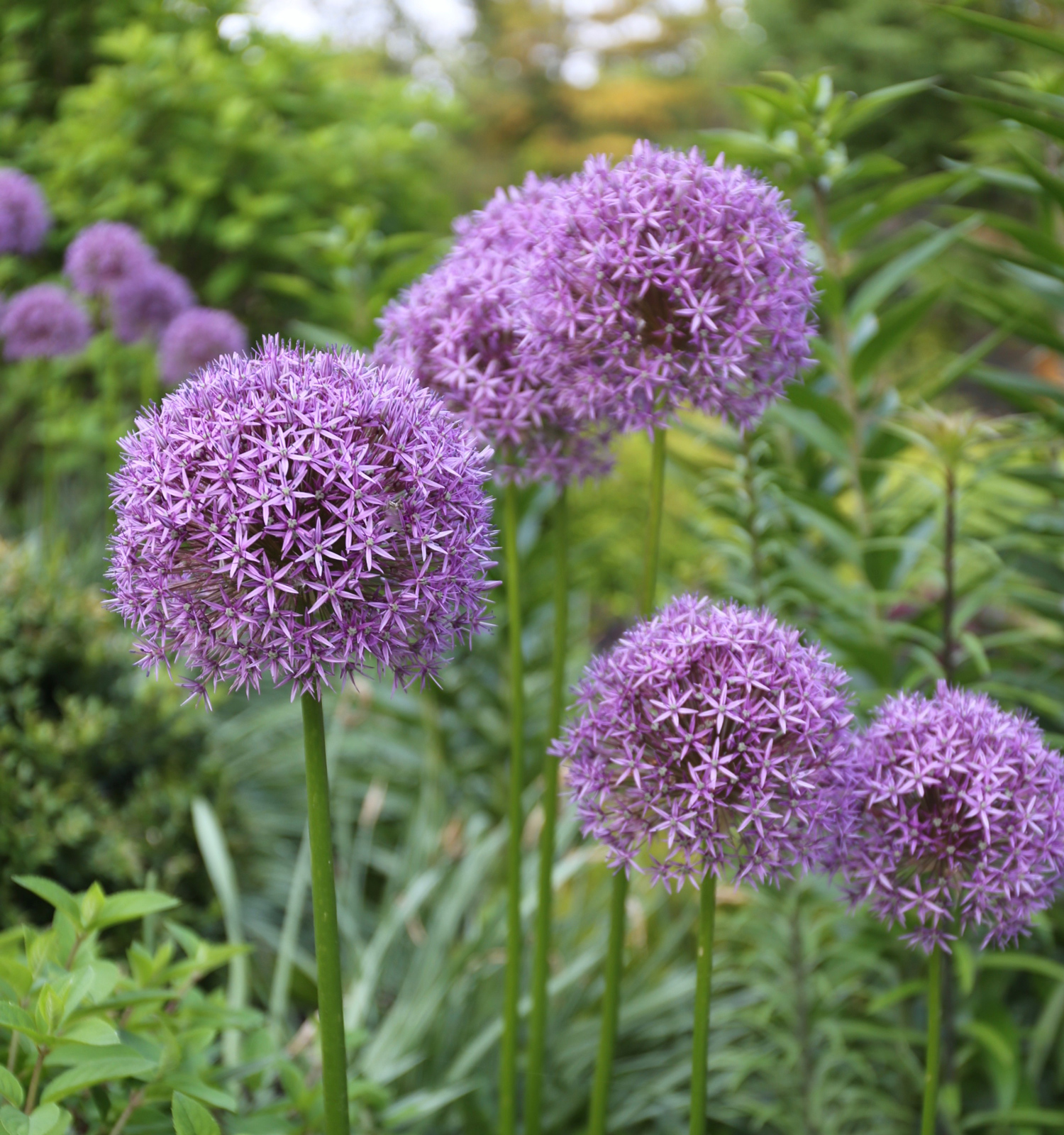
- Beans: Beans fix nitrogen in the soil, which is a nutrient that celery plants need to thrive. They can also help to shade the celery plants from the hot sun.
- Brassica vegetables: Brassica vegetables, such as cabbage, broccoli, and cauliflower, can help to repel pests that target celery, such as the white cabbage moth. They can also provide shade for the celery plants.
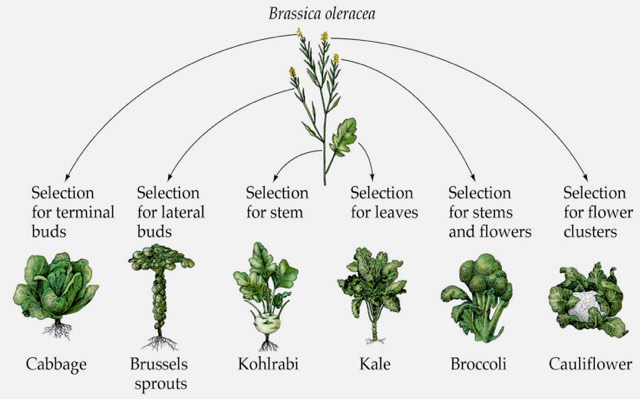
- Herbs: A number of herbs, such as mint, dill, and basil, can help to repel pests and improve the flavor of celery. They can also attract beneficial insects, such as ladybugs and hoverflies, which can help to control pests.
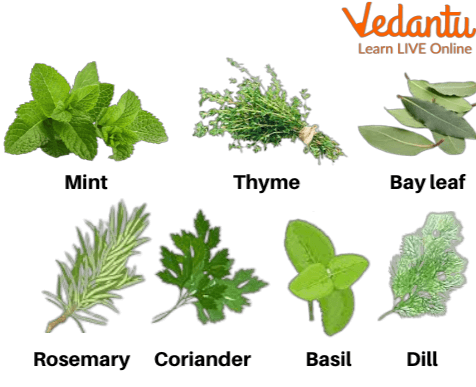
- Marigolds: Marigolds have a strong scent that can help to repel a variety of pests, including aphids, nematodes, and rootworms. They can also help to improve the drainage of the soil, which is important for celery plants.
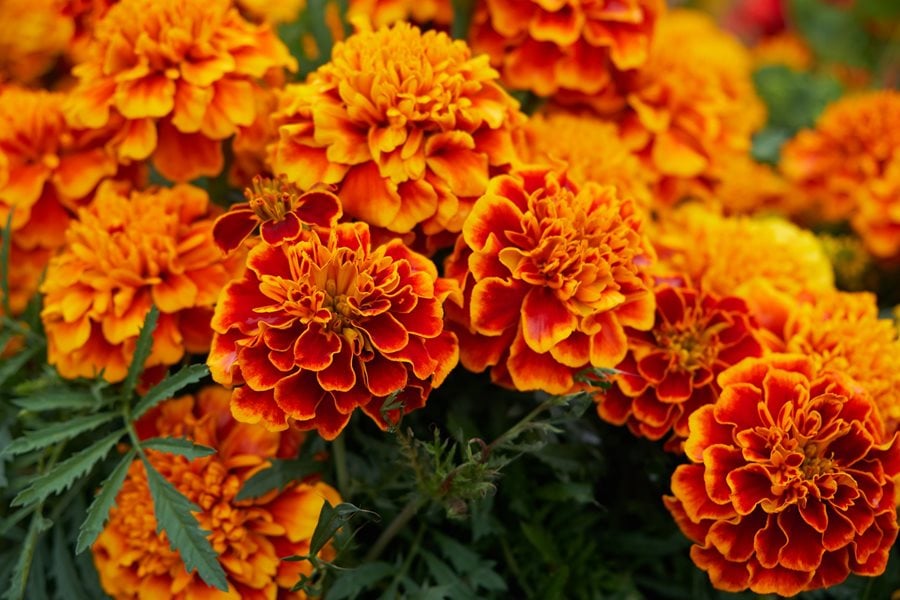
When planting celery with companion plants, it is important to consider the spacing requirements of the different plants. For example, alliums need plenty of space to grow, so they should not be planted too close to celery plants.
It is also important to note that some plants can be harmful to celery plants. For example, tomatoes and potatoes should not be planted near celery, as they can attract pests that target celery.
By planting celery with the right companion plants, you can help to protect your plants from pests and diseases, improve their overall health, and harvest a bountiful crop.
Celery is a delicious and versatile vegetable that can be enjoyed in many dishes. But did you know that companion planting can help to improve the growth and flavor of your celery?
Companion planting is the practice of planting certain plants together to benefit each other. Some plants, such as beans, leeks, and onions, can help to repel pests that damage celery. Others, such as chamomile and mint, can help to improve the flavor of celery.
If you're interested in learning more about companion planting for celery, I recommend visiting Gardenia Inspiration. This website has a wealth of information on the topic, including a list of the best companion plants for celery, as well as tips on how to plant them together.
FAQ of companion planting for celery
Q: What are the best companion plants for celery?
A: Some of the best companion plants for celery include:
- Aromatic herbs: These herbs have strong scents that can repel pests, attract pollinators, and provide shade for celery. Some good examples include mint, oregano, dill, thyme, and chamomile.
- Alliums: These vegetables have a strong sulfuric scent that can repel pests and improve the flavor of celery. Some good examples include onions, garlic, leeks, and shallots.
- Brassicas: These vegetables can help to deter pests that commonly attack celery, such as the white cabbage moth. Some good examples include cabbage, broccoli, and Brussels sprouts.
- Legumes: These plants help to improve the soil quality and provide nitrogen for celery. Some good examples include beans, peas, and lentils.
Q: What are some plants that should not be planted near celery?
A: There are a few plants that should not be planted near celery, as they can compete for nutrients or attract pests. These plants include:
- Tomatoes: Tomatoes can attract the same pests as celery, such as the white cabbage moth.
- Potatoes: Potatoes can harbor a fungus that can be harmful to celery.
- Cucumbers: Cucumbers can attract the cucumber beetle, which can damage celery plants.
Q: What are the benefits of companion planting with celery?
A: There are several benefits to companion planting with celery, including:
- Reduced pest pressure: Companion plants can help to repel pests that commonly attack celery, such as the white cabbage moth, cucumber beetle, and aphids.
- Improved soil quality: Some companion plants, such as legumes, can help to improve the soil quality and provide nitrogen for celery.
- Enhanced flavor: Some companion plants, such as aromatic herbs, can enhance the flavor of celery.
- Attraction of pollinators: Some companion plants, such as flowers, can attract pollinators, which can help to improve the pollination of celery flowers.
Q: When should I plant companion plants with celery?
A: The best time to plant companion plants with celery is when you are first planting your celery seedlings. This will give the companion plants time to establish themselves before the celery plants start to grow larger.
Q: How far apart should I plant companion plants with celery?
The distance between companion plants and celery will vary depending on the size of the plants. However, as a general rule, you should plant companion plants at least 12 inches away from celery plants.
Image of companion planting for celery
5 different images of "companion planting for celery" from Pinterest:
- Image 1: Celery and tomatoes. These two plants have similar needs for sun and water, and they can help each other out by attracting pollinators and repelling pests.

- Image 2: Celery and beans. Beans fix nitrogen in the soil, which is beneficial for celery. Additionally, the beans' taller growth habit can help to shade the celery from the sun, which can help to prevent it from bolting.
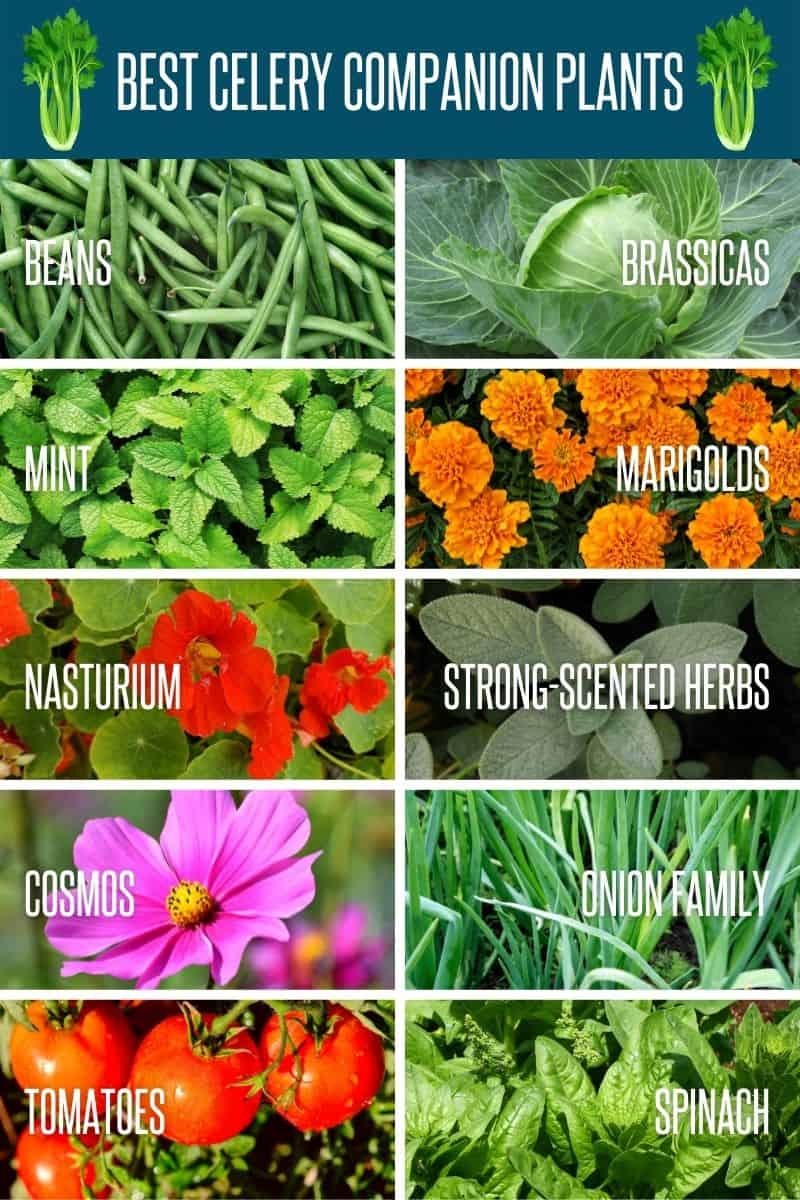
- Image 3: Celery and carrots. Carrots and celery can be planted together because they have different root systems. Carrots have a taproot, while celery has a fibrous root system. This means that they won't compete for resources and can actually help each other out by improving the drainage of the soil.
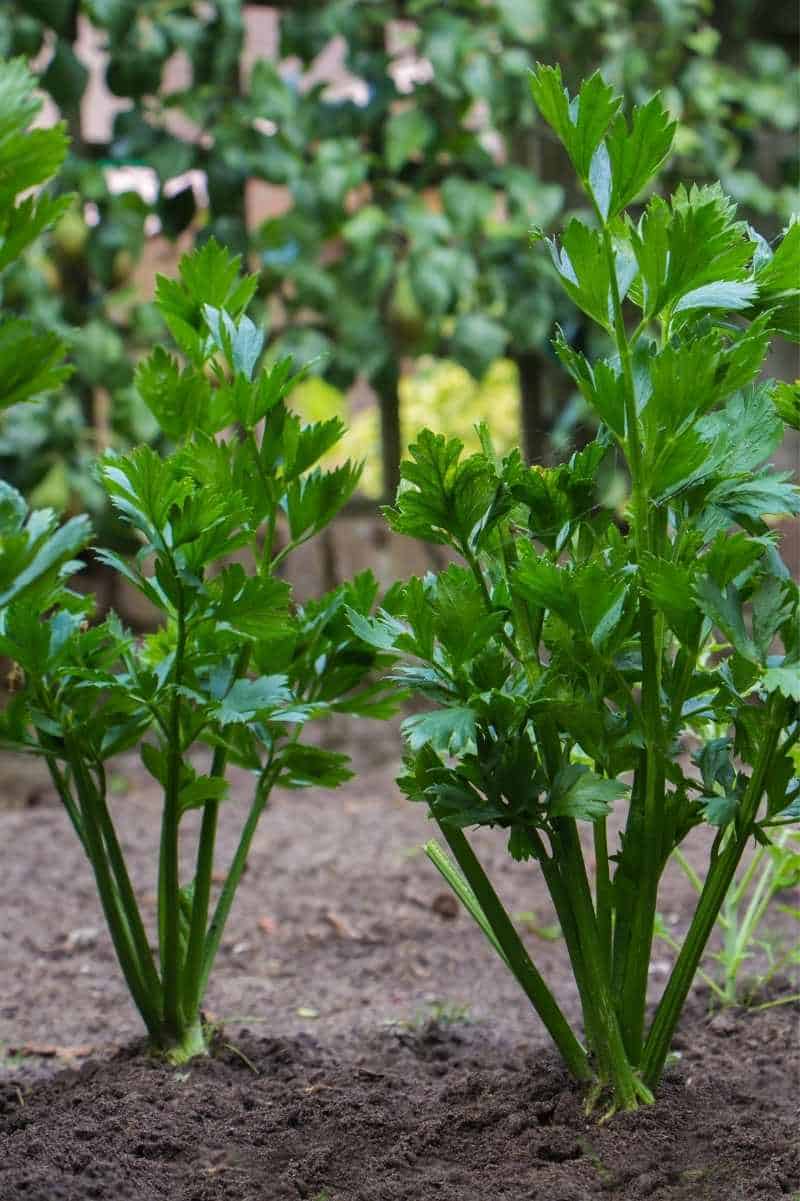
- Image 4: Celery and lettuce. Lettuce and celery are both cool-season crops that can be planted together. They also have similar water and nutrient requirements.
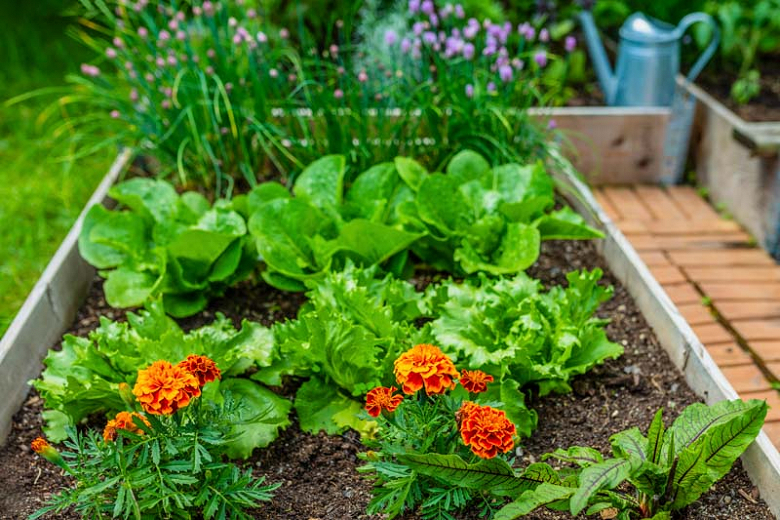
- Image 5: Celery and chives. Chives are a great companion plant for celery because they help to repel pests. Additionally, the chives' flowers can attract pollinators, which can help to improve the yield of the celery.

Post a Comment for "Grow Bigger Better Celery With These Companion Plants"